Rum is very diverse. From well-known rums such as Bacardi, Captain Morgan and Havana to high-quality, expensive varieties such as Zacapa and Imperial, there is the right rum for every connoisseur. Produced in countless countries and available on the market in countless varieties, it is difficult to provide an overview. We try!
What is rum?
In general, rum is a spirit made from sugar cane with a minimum alcohol content of 37.5%! Overall, rum is not as strictly regulated as whisky. It can therefore be unaged, coloured or blended, for example. It is mainly produced in the Caribbean and can be categorised according to different criteria. If you consider the many possibilities, you can assume that the majority of rums are blended rums. As a long-standing whisky shop, we would like to point out that blended whisky is therefore not comparable with the quality standard of blended rum.
With a blended rum, you receive a representative spirit from the rum range
The most important rum varieties
Rum is an interesting and very diverse spirit that can be categorised according to a wide variety of criteria.
The raw material for rum is sugar cane. A distinction is made between the part of the sugar cane from which the rum is made, molasses, sugar cane juice or syrup. This results in the different categories of molasses rum and sugar cane rum. In addition, a variety of flavours is created by the so-called flavoured or spiced rums, which are supplemented with additional flavours from spices, fruit or sugar.
Rum can be distilled in both column stills and pot stills. Its fermentation time varies considerably. A particularly long fermentation produces a high ester rum. And indeed, Demerara Distillers still has a producing wooden pot still at the Diamond Distillery and the Botucal is distilled on a batch kettle in addition to pot stills and column stills.
Rum has its origins in the Caribbean and even today over 80 per cent of rum still comes from these countries, such as Cuba, Jamaica, Barbados, Puerto Rico and the Dominican Republic. Nowadays, rum is produced in all parts of the world. This results in a variety of rum styles, as each country has its own methods.
In our shop you will find a categorisation of rums by style as well as by country!
The ageing time of rum is calculated according to the time in the barrel, but also after further ageing in the bottle, and varies enormously between a few months and many years. It is matured both in barrels and in stainless steel containers. The barrels used previously contained whisky or wine, both of which impart certain flavours to the rum.
Terms that indicate the age:
- Reserva: at least 36 months, of which 12 months in the barrel, the rest in the bottle
- Gran Reserva: at least 60 months, of which 18 months in the barrel, the rest in the bottle
- Anejo: means old, without specifying a particular age
- VO: Very Old, at least 3 years in oak barrels
- VSOP: Very Superior Old Pale, at least 4 years in oak barrels
- XO: Extra Old, at least 6 years in oak barrels
- Rum hors d'age at least 10 years
- Premiumrum, 10 to 20 year old rum
There is white (colourless) rum and brown rum in various shades of golden brown to dark brown, almost black.
White rum:
It is clear and generally mild in flavour. Here you will find rums that are mainly used for mixing cocktails. They are stored for between one and four years and then filtered to remove the colour.
Brown rum:
Ageing in barrels gives it a golden colour, which is why it is sometimes referred to as golden rum. It becomes stronger in flavour through barrel ageing. Ideally, brown rum is enjoyed neat and is very suitable for mixing stronger rum cocktails.
Black rum:
The rich caramel flavour of the molasses is already emphasised during production. Burnt caramel is also used to achieve a particularly dark colour. These rums are often used in the confectionery and baking industry due to their pronounced caramel flavour, as they provide good sweetness.
There is the so-called English, Spanish or French style of rum production. The styles are characterised by the respective former colonial rulers of the respective islands and countries.
Spanish style rum:
Spanish-style rums are made from molasses and are usually mild, smooth and sweet. They are mainly produced in column stills and are often bottled using the solera method. The flavour is round and complex, ranging from light to oily depending on age. Fermentation takes place with cultivated yeasts. The most popular Spanish-style rums come from Cuba, Puerto Rico and Venezuela.
Rum in the English style:
This type is also traditionally made from molasses and usually matures for several years in barrels. It is usually a classic, aromatic, spicy, dark rum, often with a higher percentage. The English style uses wild yeasts for fermentation. It is often distilled in batches in pot stills. The most popular English rums are produced in Barbados, Jamaica, Trinidad and Mauritius.
French style rum:
French-style rum is made from sugar cane juice and is also known as "rhum agricole". Agricole" also includes agricultural production as opposed to industrial production. French rum differs significantly from Spanish or English-style rum. The style is characterised by fruitiness and is often described as elegant. The most popular French-style rums can be found in Haiti, Martinique and Guadeloupe.
In the following, we will present the rum varieties in the order in which you will find them in our shop.
The variety most commonly found on the market is rum distilled from molasses, the by-product of sugar production. It is also called traditional rum. It may be made from sugar cane from different plantations and may have been produced within a distillery using different processes. It is often first aged in bourbon barrels and wine barrels, and there are various after-ages. All this is possible with molasses rum, without one already being able to speak of a blended rum.
There are, among others, the categories Cuba Rum, a particularly light and mostly white or golden rum, in which the molasses is specially processed. High Ester Rum or Jamaica-style rum is particularly worth mentioning. It is characterised by a very high proportion of ester. This comes about through a particularly long fermentation period. This chemical compound is characterised by expressive aromas and fragrances, which makes the rum aromatic and heavy.
This rum is made from the juice of the sugar cane. For this purpose, the sugar cane must be crushed and squeezed. This includes the varieties of Rhum Agricole made from fresh sugar cane juice.
A variation is rum made from sugar cane honey. Here, the juice is concentrated again.
Rhum Agricole
The difference to 'normal' rum or Rhum traditionnel is the raw material. It is rum made from fresh sugar cane juice, whereby the term 'Agricole' expresses that it is agriculturally and not industrially produced rum. The H in Rhum comes from the fact that Rhum Agricole is mainly produced on former French islands, the French Antilles. The islands of Guadeloupe, Martinique and La Reunion have made a name for themselves with Rhum Agricole. In the meantime, it is also produced in Brazil and the USA, for example.
Rhum Agricole is a protected term, whereby the rum must be produced according to regulations set by the countries of origin.
Only the French Antilles produce according to the AOC regulations! The AOC regulations, Appellation d'Origine Controlée, stand for a controlled designation of origin. It is monitored from France.
Sugarcane Honey or rum made from sugar cane honey
And then there is Sugarcane rum. Here, liquid is extracted from the sugar cane juice so that it becomes viscous and very concentrated.
Blending means mixing, and in the case of rum, very diverse blending is permitted and carried out. Rums from different distilleries as well as from different countries can be combined. Blends are also used when different raw materials - e.g. sugar cane juice and molasses - are distilled or the sugar cane comes from different plantations. The age and different production methods can also make a blended rum. Rum from the same distillery with a different distillation process is also blended, or from different barrels with, for example, subsequent ageing in bourbon, sherry or cognac barrels.
An example of the art of blending rum is Dos Maderas Seleccion Rum. Here, rums from two countries were blended in different sherry casks. Or Bank's Rum, which was created from 23 different rums distilled in eight distilleries and seven different countries.
The counter-development to this is the "Single Estate Rum", where the focus is on something special: only from one plantation, only from one growing area, etc. The aim is to emphasise the terroir. It is important to emphasise the terroir. The term "single origin rum" is also commonly used.
This is rum to which flavouring has been added, mainly ingredients such as sugar, vanilla and spices of all kinds, such as cinnamon, cloves, nutmeg and ginger. This gives an idea of why spiced rum is well suited for winter mixed drinks. Characteristically, flavoured rum is usually wonderfully smooth and light, making it uncomplicated to drink. Spiced rum has a minimum alcohol strength of 37.5% vol.
According to recent EU regulations, a rum-based spirit is one with a sugar content of more than 20 g per litre. However, as with rum, the base must be sugar cane, either molasses or sugar cane juice. In addition, the addition of colouring is permitted here and an alcohol content of less than 37.5% vol. is allowed.


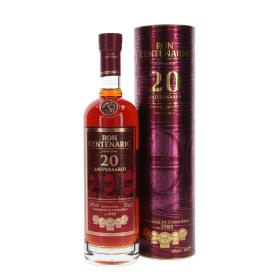
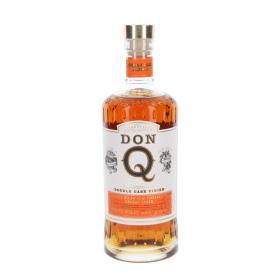
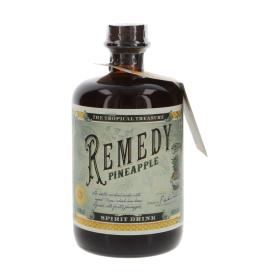
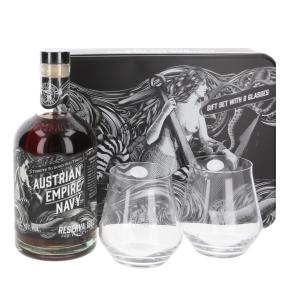
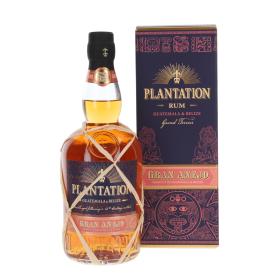
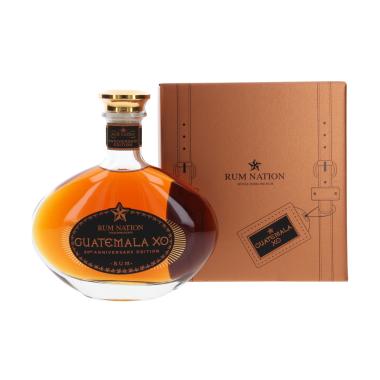
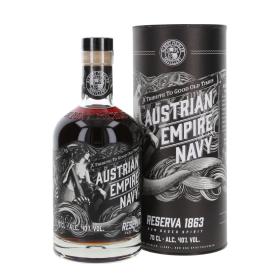
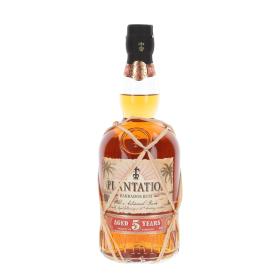
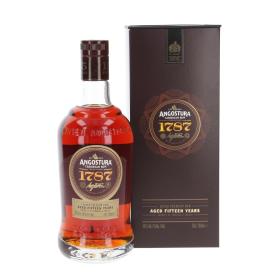
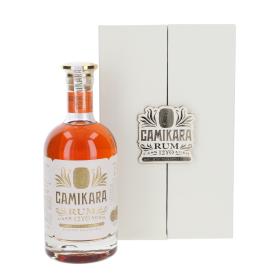
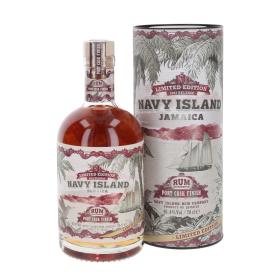
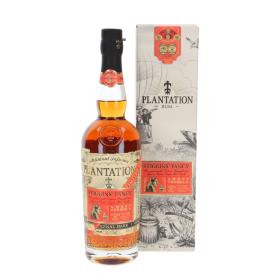
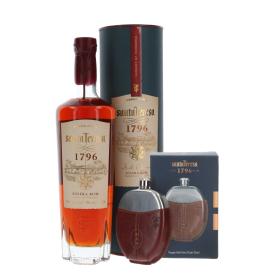
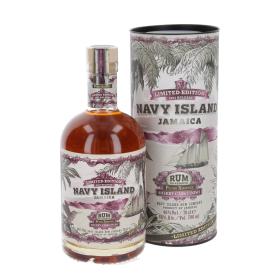
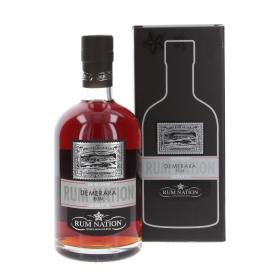
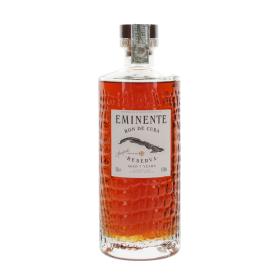
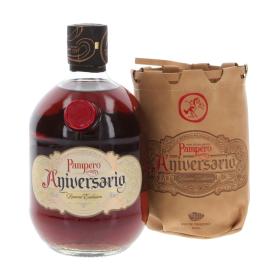
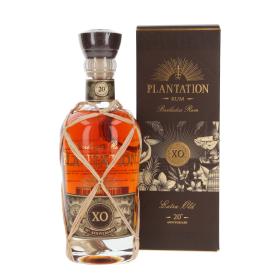
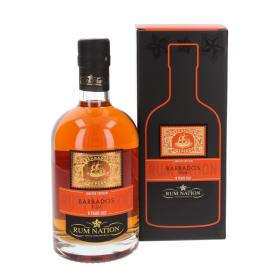
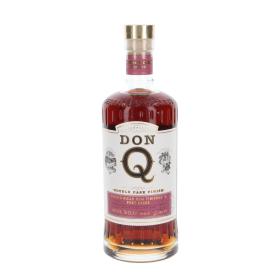
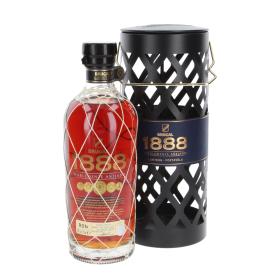
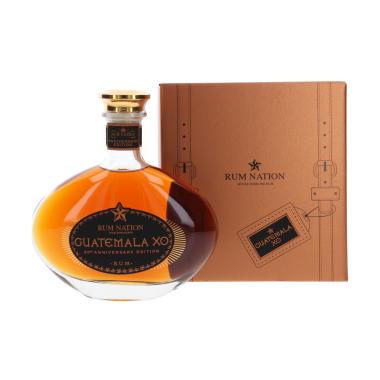
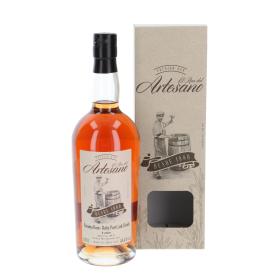
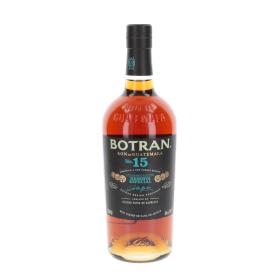
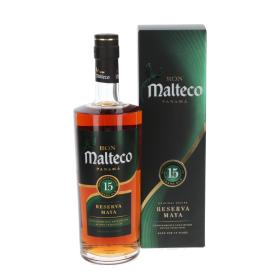
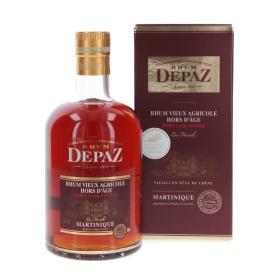
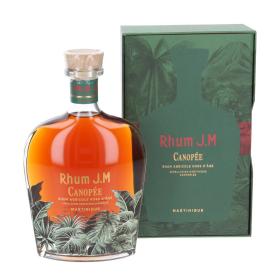
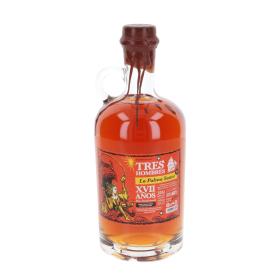
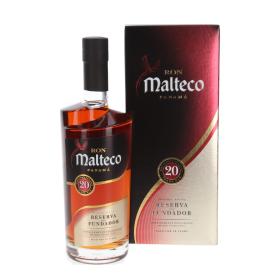
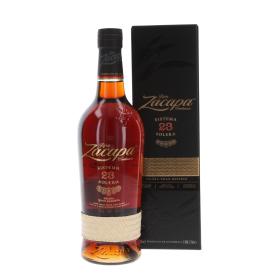
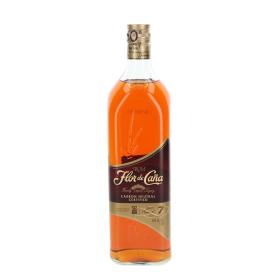
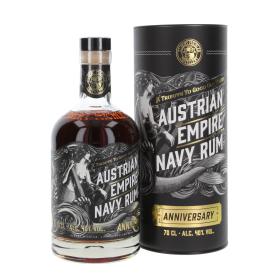
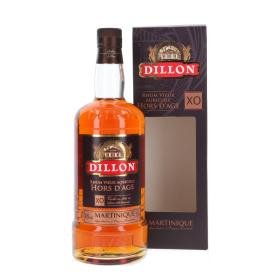
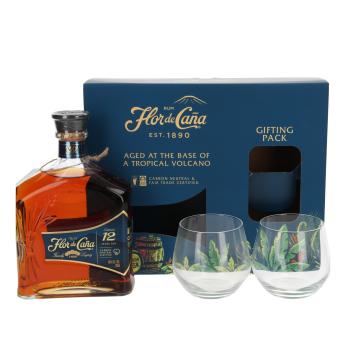
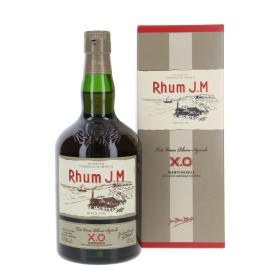
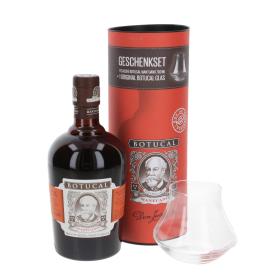
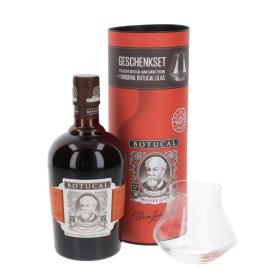
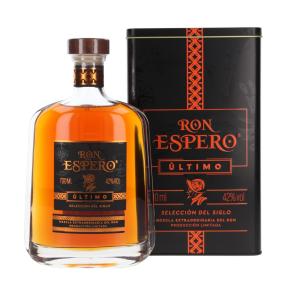
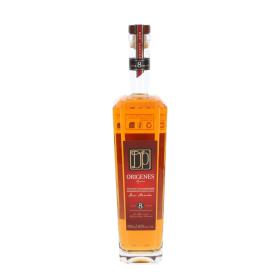
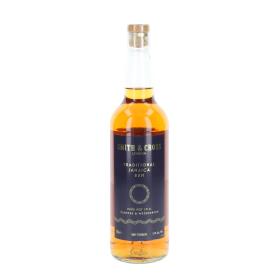
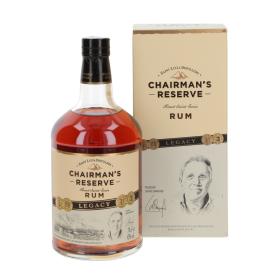
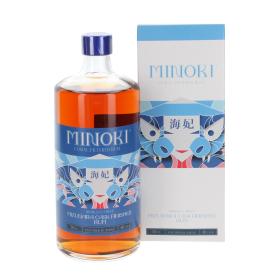
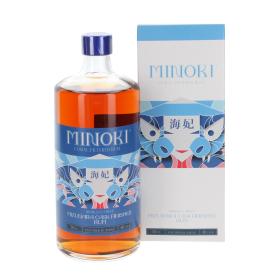
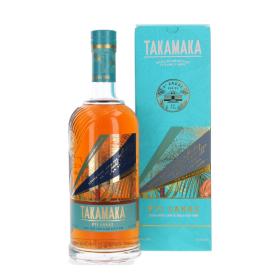
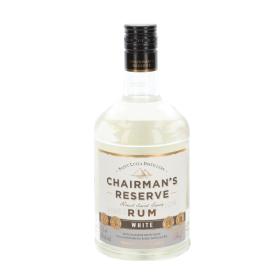
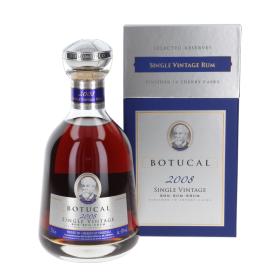
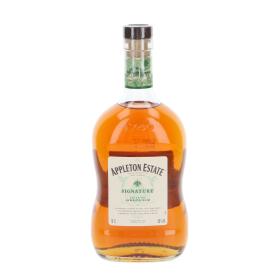
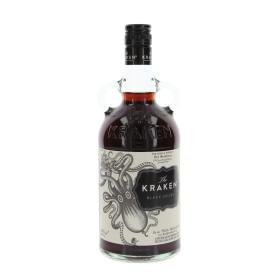
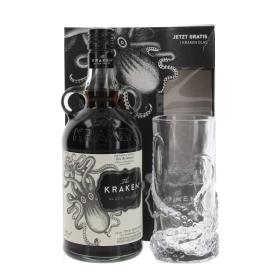
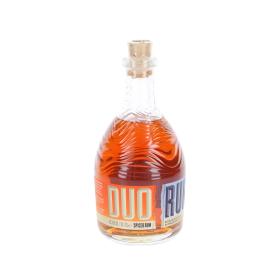
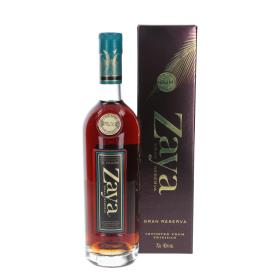
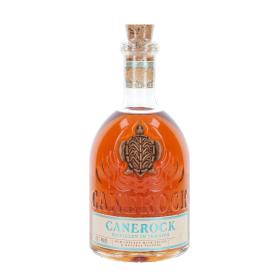
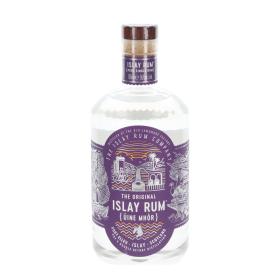
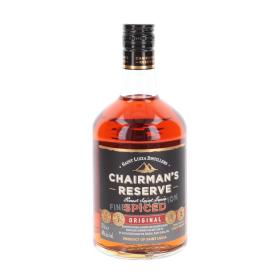
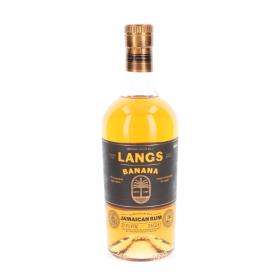
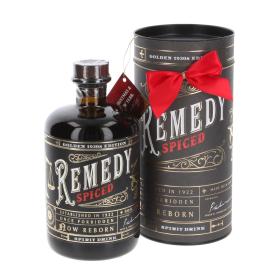
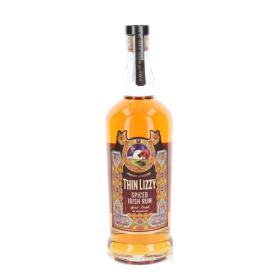
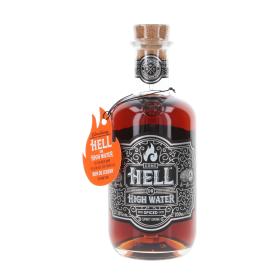
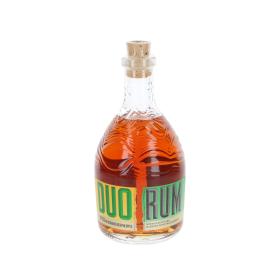
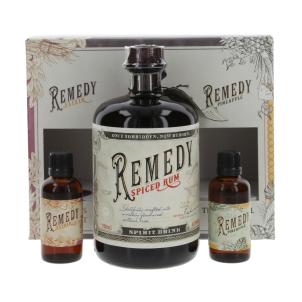
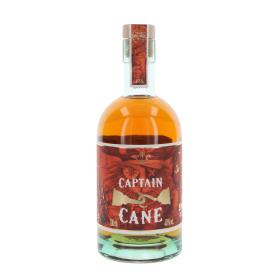
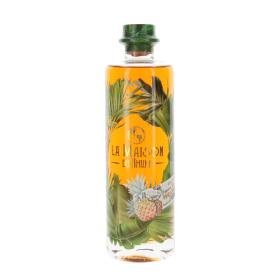
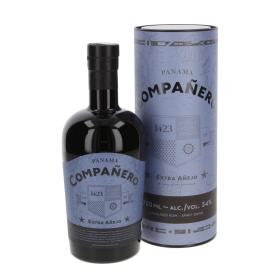
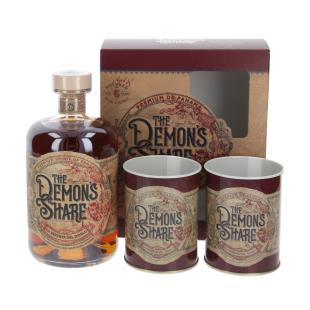
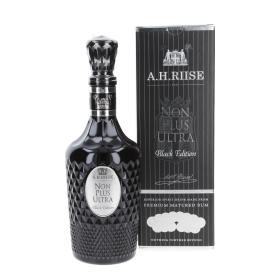

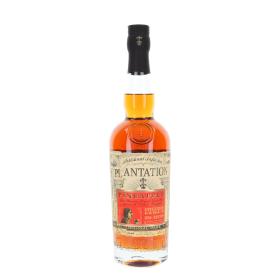
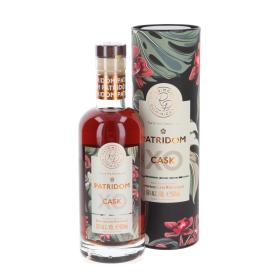
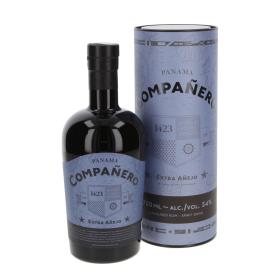
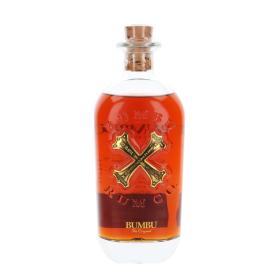












To comment, you must be logged in